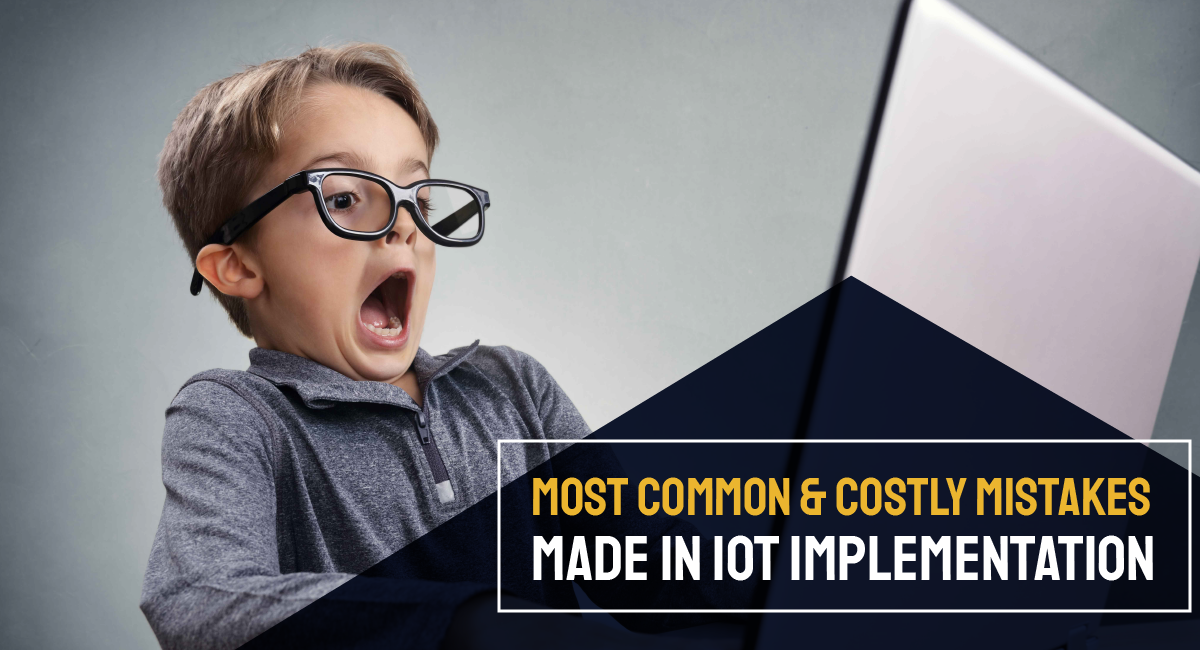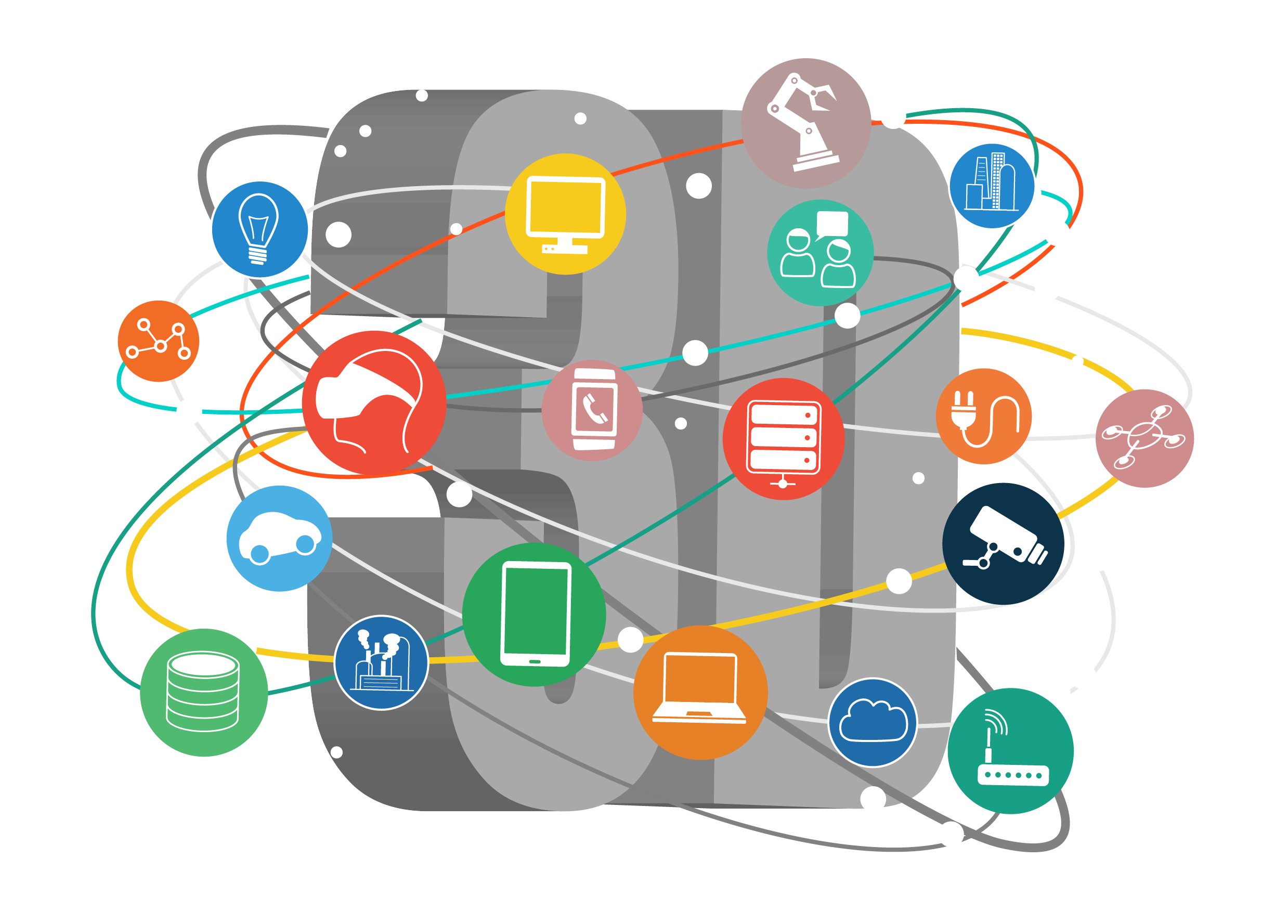3D Printing + IoT= The Future
Will 3D printing change the way the world think, see and understand things? Of course it will, and if you aren’t excited about the whole thing, mark that you are not thinking big enough!
Futurists say that 3D printing impact will be so huge that it will make the life as we know it today, barely recognizable in 50-75 years’ time. It’s already getting there you see; England has created edible 3D printed hamburger, America is working on high-end 3D printed real-world cars, China, and Holland are building entire houses with 3D printing, ask what not is possible. Don’t you think our grandchildren will live in a fantasy world from where they would look back and laugh at how things are done today?
That is how 3D printing will revolutionize the technological future of almost every industry. Let’s see, how 3d printing will closely relate with another Big Thing–The Internet of Things (IoT) to drive this change.
Internet of Things aims at linking human behaviors to our day to day devices. Physical objects, people or animals will be provided unique identifiers and connected to a network embedded with electronics, sensors, software and internet connectivity, so that data can be exchanged between these without the need for a direct human-to-human or human-to-computer interaction, automating nearly every field of endeavor. The concept includes connecting human heart monitor implants, built-in automobile sensors packages, field operation tools for cops and firemen, biochips in farms and so on. In 5 years from now, the IoT will have 26 billion devices connected to it.
It is said that in 10 years, today’s silicon circuits will be replaced by plastic circuits. And 3D printing technologies will dominate such plastic printed electronics and circuits in IoT. Plastic printed transistors will become building blocks of wearable electronics and other IoT networks.
And the whole thing will be much cheaper than silicon devices, semiconductors, and circuits. Today semiconductors are manufactured by conventional electron beam lithography equipment costing from 1.5 million dollars to 30 million dollars for each; and a system that can print 3D electronics on a nano scale might go up to 500,000 dollars- that’s how 3D printing technology can massively drive the Internet of Things.
Belgian nanotechnology research center scientists made a transistor logic board with an astounding count of 3400 circuits, using inkjet printing technology that ran at a speed of 6Hz and is only 2*2 cm big. The researches see such plastic circuits as an “Exponential technology”. The founder of the Trillion Sensor movement and cofounder of nearly 9 MEMS technology companies, Dr. Janusz Bryzek believes that once 3D printing gets adopted on a wide scale, the traditional semiconductor manufacturing companies will face a violent mayhem. “Plastic circuits could end up having perhaps 1/1,000th the cost-per-area of the equivalent silicon device,” – says Bryzek. It is said that IBM Zurich lab researchers created nanometer sized 3D patterns on organic material using atomic force microscope just as a mask to create circuits.
3D printing in production and manufacturing: What to expect?
Gartner Research director, Pete Basiliere said, “3D printing is a technology accelerating to mainstream adoption”. 3D printing has already made its marks on how products are being manufactured. The Cisco Consumer Business Group (CBG), Denmark, used 3D printing instead of their conventional hand crafted prototyping technique to notice that the company actually achieved above 30 times reduction in prototype cost, reduction in prototype creation time from one week to just 90 minutes and an overall 33% design time reduction. We are able to bring production closer to the end user reducing the current supply chain restrictions. It will result in more customer engagement through the production of an object, which can greatly reduce stock pilings and inventories- similar to how Amazon operates. Shipping products and spare parts from one place to another may also become obsolete when you can actually 3D print parts on the site. This will in turn reduce the imbalance between export and import countries.
3D printing is already disrupting the current processes of design, prototyping, and manufacturing in almost every industry. As 3D printing gets adopted on a wider scale, many of the already invented products might have to be re-invented and we may have many more new products and things to learn about. For example, 3D printing has made many new and exciting geometries and shapes that were previously just imaginary. Our children might have formulas to learn that calculate area and volume of a shape we haven’t seen or studied about.
In Future, it’s fairly safe to imagine that you can manufacture anything with a 3D printer that you can’t with a printer (clothes, machines, robots, etc.) and use it as matter replicators like in Star Trek. Note that we already have near to accurate tools that are able to scan an object and create an exact copy of it using a 3D printer. So, eventually one day you can walk up to your printer and say, “make my copy”, as you have already seen in The Prestige!
Stay up to date on what's new

Recommended Posts

25 Jun 2020
What Is Fog Computing and How Does It Work?
How Can Your Business Benefit from Fog Computing? How much data do we create every day? The World Economic Forum reports that the entire digital world is expected to reach……

02 Mar 2020
Gearing up for IoT in 2025
How to prepare for IoT in 2025? In coming years the Internet of Things (IoT) is here to stay. We’re at the cusp of a new era wherein intelligent digital……

03 Oct 2019
How AI and IoT are Creating an Impact on Industries Today
Can Empowering AI and IoT Bring In Competitive Advantage To Industries? It takes more than forward-thinking employees to gather customer purchasing trends and improve the customer experience. International companies depend……

14 Sep 2019
IoT Implementation: Common Mistakes And Strategies To Tackle Them
Most Common Mistakes To Avoid While Implementing IoT There are many pressing concerns about the possibilities of IoT in businesses. The most common is probably the question, "Is my business……
Featured Blogs
Stay up to date on
what's new





















































